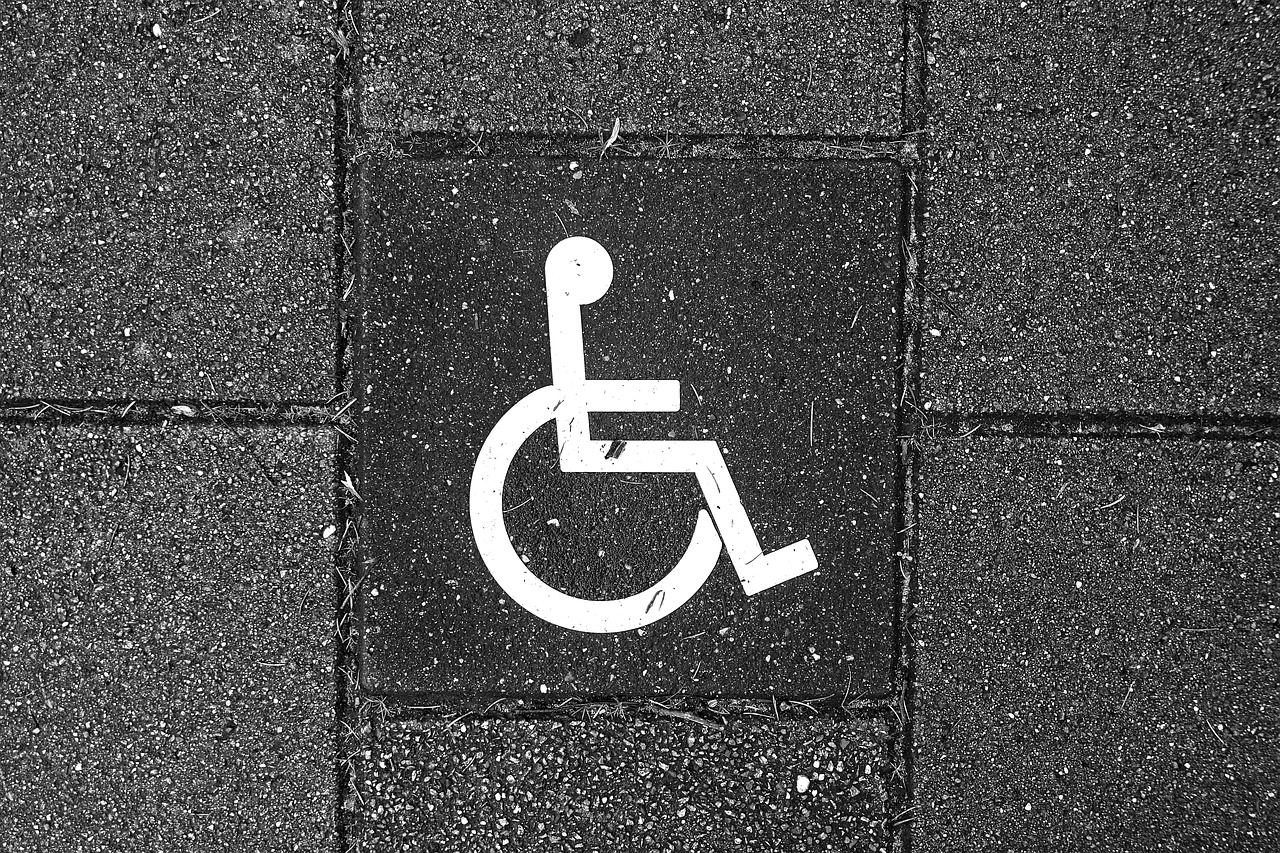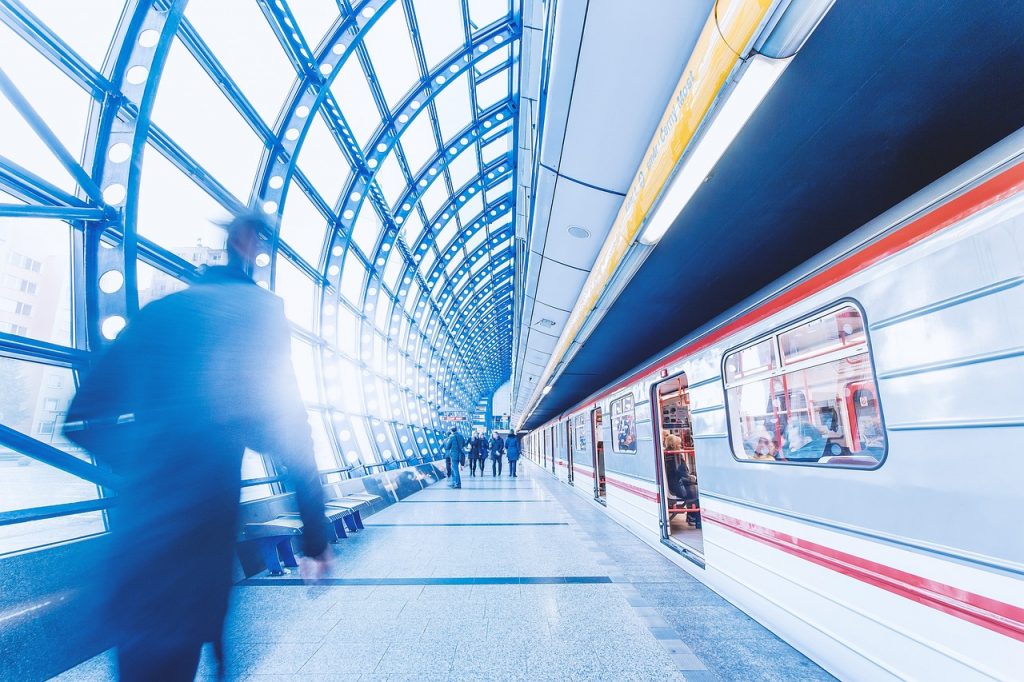- Transportation companies prioritize passenger safety through rigorous maintenance and advanced technologies.
- Comprehensive safety training empowers staff to handle various scenarios effectively.
- Enhanced security measures ensure commuter safety, including surveillance systems and collaboration with law enforcement.
- Accessibility features and user-friendly interfaces cater to passengers of all backgrounds.
- Robust emergency preparedness and community engagement strengthen transportation networks’ resilience and safety.
Public transportation serves as the lifeblood of urban centers worldwide, ferrying millions of commuters to their destinations daily, especially in modern cities. Whether it’s buses, trains, or subways, the safety of passengers remains a top priority for transportation companies. In an era where safety concerns are paramount, what measures do these companies undertake to ensure the well-being of their passengers? Read on and delve into the strategies and technologies employed by transportation companies to uphold commuter safety.
1. Rigorous Maintenance Protocols
Inspecting Every Nut and Bolt
Transportation companies like Singapore’s SMRT Corporation adhere to stringent maintenance schedules to guarantee the reliability and safety of their vehicles. From buses to trains, every component undergoes regular inspections and maintenance checks. The SMRT Chairman works with expert engineers to meticulously examine engines, brakes, and other vital parts to promptly identify and rectify any potential issues. Regular maintenance not only enhances the longevity of vehicles but also mitigates the risk of accidents caused by mechanical failures.
The Role of Technology
Modern transportation companies leverage advanced technologies for predictive maintenance. Through sensors and data analytics, they can monitor the health of vehicles in real time, detecting anomalies before they escalate into safety hazards. By embracing predictive maintenance solutions, companies ensure optimal safety standards while minimizing operational disruptions.
2. Comprehensive Safety Training
Empowering Employees
Ensuring commuter safety starts with well-trained personnel. Transportation companies invest in comprehensive training programs for their staff, including drivers, conductors, and maintenance crews. These programs cover various topics, including defensive driving techniques, emergency response procedures, and customer service etiquette. By equipping employees with the necessary skills and knowledge, companies empower them to handle various scenarios effectively, enhancing overall passenger safety.
Continuous Improvement
Safety training is not a one-time event; it’s an ongoing process. Companies conduct regular refresher courses and workshops to reinforce safety protocols and introduce new industry best practices. Through continuous learning and skill development, employees remain vigilant and prepared to address evolving safety challenges.
3. Enhanced Security Measures

Surveillance Systems
In today’s world, ensuring commuter safety goes beyond mechanical reliability; it also involves safeguarding against potential security threats. Transportation companies install state-of-the-art surveillance systems across their networks, including onboard cameras and station monitoring equipment. These systems serve as a deterrent to unlawful activities while providing valuable evidence in the event of incidents. In addition to traditional CCTV cameras, companies also deploy advanced technologies such as facial recognition and crowd monitoring algorithms to enhance security further.
Collaboration with Law Enforcement
Transportation companies collaborate closely with law enforcement agencies to maintain a safe and secure commuter environment. They effectively address security concerns through joint patrols, intelligence sharing, and coordinated response protocols. By fostering strong partnerships with local authorities, companies demonstrate their commitment to prioritizing passenger safety and deterring criminal activities within their transportation networks.
4. Accessibility Features

Inclusive Design
Ensuring commuter safety extends to providing accessible transportation options for passengers with disabilities and special needs. Transportation companies integrate various accessibility features into their vehicles and infrastructure, including wheelchair ramps, priority seating, and audible announcements. By embracing inclusive design principles, companies create an environment where all passengers can travel safely and comfortably, regardless of their physical abilities.
User-Friendly Interfaces
In addition to physical accessibility features, companies also prioritize the development of user-friendly interfaces for ticketing systems and onboard amenities. Clear signage, intuitive ticket machines, and accessible information channels contribute to a seamless travel experience for passengers of all backgrounds. Transportation companies demonstrate their commitment to serving diverse communities by focusing on usability and inclusivity.
5. Emergency Preparedness
Rapid Response Protocols
Despite the best preventative measures, emergencies can still occur. Transportation companies implement robust emergency response protocols to address incidents swiftly and effectively. From medical emergencies to mechanical failures, trained personnel are ready to spring into action to ensure the safety and well-being of passengers. Companies conduct regular drills and simulations to test their response capabilities and continuously identify areas for improvement.
Community Engagement
Effective emergency preparedness also involves engaging with the community to raise awareness and foster a culture of vigilance. Transportation companies collaborate with local authorities, emergency services, and community organizations to educate passengers about safety procedures and emergency protocols. By empowering passengers to play an active role in their safety, companies strengthen the resilience of their transportation networks.
Public transportation plays a vital role in connecting communities and facilitating economic growth. Ensuring the safety of commuters is a shared responsibility among transportation companies, employees, passengers, and local authorities. Through rigorous maintenance protocols, comprehensive safety training, enhanced security measures, accessibility features, and emergency preparedness initiatives, transportation companies uphold the highest safety standards for their passengers. As urban centers evolve and grow, prioritizing commuter safety remains paramount, ensuring that public transportation remains a safe and reliable mode of travel for all.
